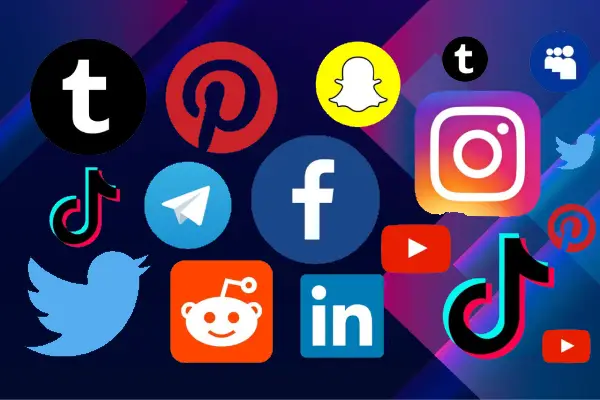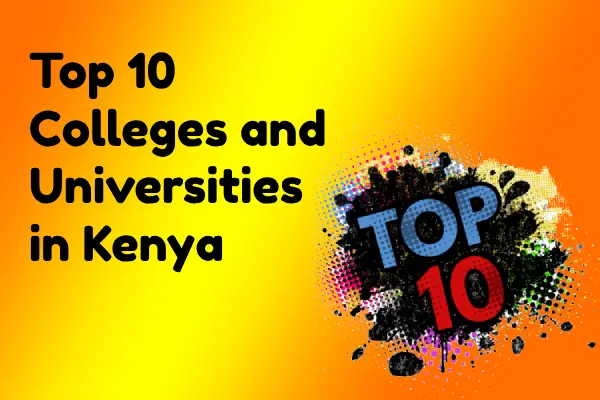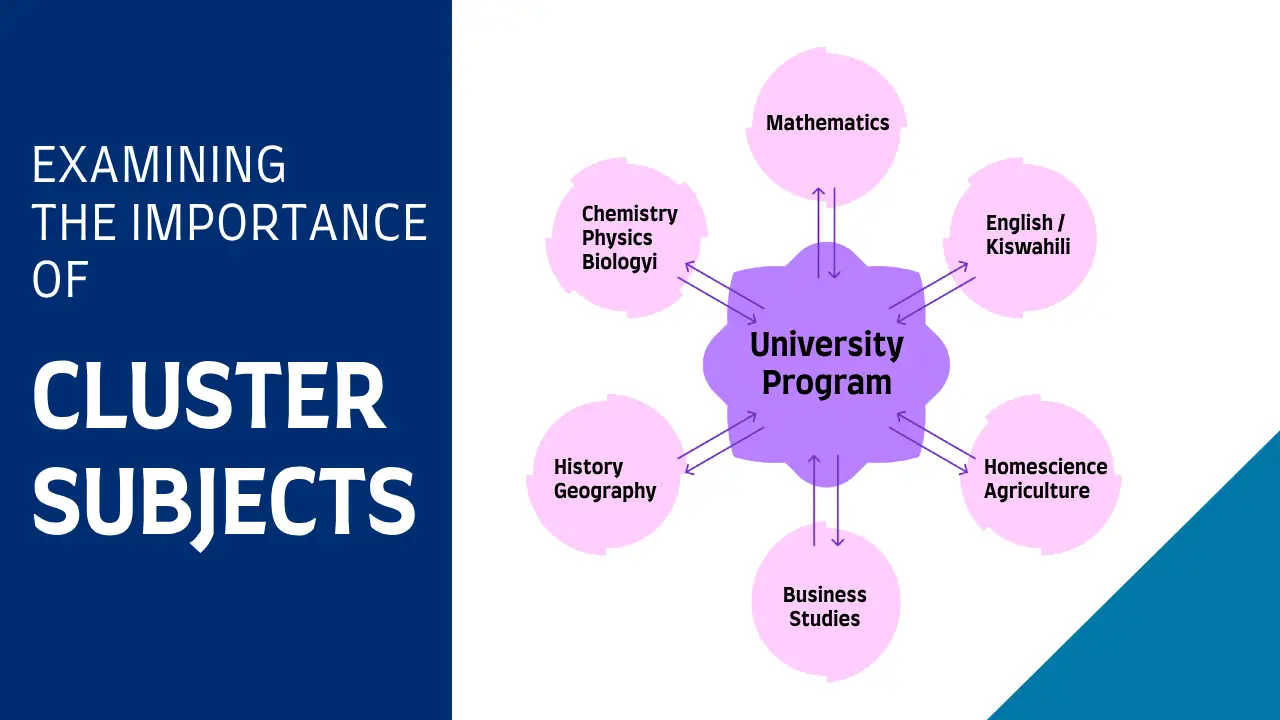Studying and Learning
Leveraging Social Media in Education: Strategies and Tools for 2025
In 2025, social media will be crucial in education, enhancing learning and fostering community engagement. Key strategies include live streaming classes, promoting collaboration via platforms like WhatsApp, and developing real-world skills through social media projects. Tools like Social Champ, Canva, and Sprout Social help manage content, while strategic planning ensures success.
By Samuel |
Published on 21-Nov-2024

In 2024, social media has transcended its initial perception as merely a platform for likes and shares, emerging as a vital tool for engagement in the education sector. As educational institutions increasingly recognize the potential of social media, they are utilizing it to enhance learning experiences, foster community, and prepare students for a digital future. This article explores effective strategies for integrating social media into education and highlights essential tools for managing these platforms.
The Role of Social Media in Education
Social media platforms have proven to be powerful tools for increasing classroom participation and engagement. Studies indicate that digital literacy programs incorporating social media can boost participation by approximately 30%. Not only are students embracing this change, but a significant 73% of teachers also report using social media to stay updated on educational trends and best practices.
Effective Strategies for Using Social Media in Education
Live Streaming Classes and Events
Platforms like Facebook Live and Instagram Live enable schools to stream classes, lectures, and events in real-time. This approach enhances accessibility, allowing students unable to attend in person to participate remotely.
Facilitating Collaboration
Social media can foster collaboration among students through platforms such as Facebook Groups or WhatsApp. These tools allow students to discuss project ideas, share resources, and provide feedback outside the classroom, enhancing teamwork skills.
Developing Real-World Skills
Assignments that involve creating blogs, vlogs, or social media campaigns help students develop essential digital literacy and communication skills. For instance, marketing classes can task students with developing a social media strategy for a fictional brand, bridging classroom learning with real-world applications.
Building Community
Social media fosters a sense of community within schools by connecting students, parents, teachers, and alumni. Platforms like Facebook and LinkedIn can be used to create groups that share updates, celebrate achievements, and organize events.
Engaging with User-Generated Content
Educators can leverage platforms like TikTok to encourage student participation through user-generated content. Engaging students in creating content not only showcases their creativity but also builds a sense of ownership over their educational experience.
Essential Tools for Social Media Management
To effectively manage multiple social media accounts and streamline communication, educational institutions can utilize various management tools:
- Social Champ: This tool allows schools to schedule posts across multiple platforms from a single dashboard, ensuring consistent messaging without the need for manual posting.
- Canva: A graphic design tool that helps educators create visually appealing content for their social media channels without needing extensive design skills.
- Sprout Social: This platform provides analytics and performance tracking for social media posts, enabling schools to refine their strategies based on engagement metrics.
Creating a Social Media Plan
A well-defined social media plan is crucial for educational institutions. Here are key steps to develop an effective strategy:
- Set Measurable Goals: Establish clear objectives that align with the institution's overall strategic goals.
- Select Appropriate Platforms: Choose the right social media networks based on where your audience—students, parents, and community members—spends their time.
- Create Engaging Content: Develop a content calendar that aligns with academic events and promotes school activities while allowing room for authentic content.
- Analyze Performance: Regularly review engagement metrics to understand what content resonates with your audience and adjust your strategy accordingly.
In 2024, the integration of social media into education is not just beneficial; it is essential for preparing students for a digital world. By leveraging these platforms effectively, educational institutions can enhance learning experiences, build community connections, and equip students with the skills necessary for future success. As schools continue to adapt to this evolving landscape, the strategic use of social media will play a crucial role in shaping modern education.










